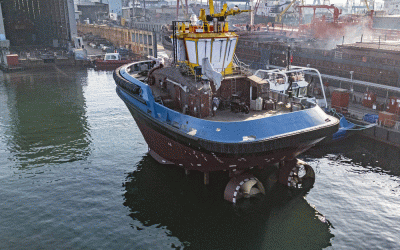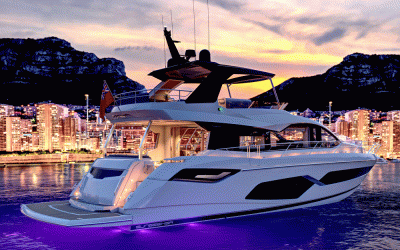(Image: Roberta Weisbrod, WFSA)
Since 2016, the Philippines has managed an impressive turnaround in reducing its tally of ferry-related accidents and casualties (see Ship & Boat International May/June 2019, pages 38-40, and November/December 2019, pages 22-24, for more background). Now, IMO’s Technical Cooperation Division has teamed up with the Maritime Industry Authority (MARINA) of the Philippines to further enhance passenger and crew safety, and to promote viable eco-friendly operations, across the country’s domestic ferry fleet.
The initiative, entitled the “Study to address safety and energy efficiency of domestic passenger ships in the Philippines,” takes the form of a one-year, US$354,250 project, jointly funded by the World Bank Group, the International Finance Corporation and the IMO Integrated Technical Cooperation Programme. With a population of 100 million, and spanning 7,641 islands, it’s estimated that more than 80% of Filipinos rely on ferries to get around, and these vessels are also crucial for logistics and tourism.
At the launch event, hosted online on 1 December 2021, IMO said the study will “identify gaps and map out the way forward for the safety, energy efficiency and decarbonisation of domestic passenger ships”. More than 90 participants have signed up, including: the World Maritime University, Sweden; the University of Strathclyde, UK; and numerous Filipino stakeholders and consultants, such as the Philippine Coast Guard, the Philippine Port Authority and various domestic shipbuilders and operators – all coordinated by MARINA.
“The study will utilise IMO’s Formal Safety Assessment [FSA] methodology,” IMO commented. “This is a process which assesses the hazards relating to maritime safety and the protection of the marine environment, and evaluates the costs and benefits of various risk control options, to reduce these risks, leading to tiered recommendations.” The partners will also investigate cost-effective options to significantly reduce greenhouse gas (GHG) emissions, and to develop a “feasible road map” for improved sustainability. The organisation adds: “Relevant IMO resolutions include the MEPC resolution on National Action Plans [resolution MEPC.327(75)] and the MEPC resolution on voluntary cooperation between ports and shipping sectors to reduce GHG emissions from ships [resolution MEPC.323(74)].”
Once the study has concluded in December 2022, the participants will use the findings as a blueprint for similar initiatives in other archipelagic countries and island states in the Asia-Pacific.
Meanwhile, the Worldwide Ferry Safety Association (WFSA) has extended the deadline for submissions for its annual Design Competition for a Safe Affordable Ferry to 1 May 2022. For the 2021-22 leg, student teams are invited to design a ro-pax ferry for the Brahmaputra River in Assam, India, taking into account factors such as current speed and wake, Dr Roberta Weisbrod, WFSA executive director, tells Ship & Boat International. As with the 2020-2021 competition, which focused on a ferry for the Amazon against the backdrop of COVID-19 (see Ship & Boat International September/October 2021, pages 24-28), entrants are also asked to consider “the reduction of potential for transmission of infectious diseases on board”, she adds. Entries should be sent to: ferrysafety@gmail.com




